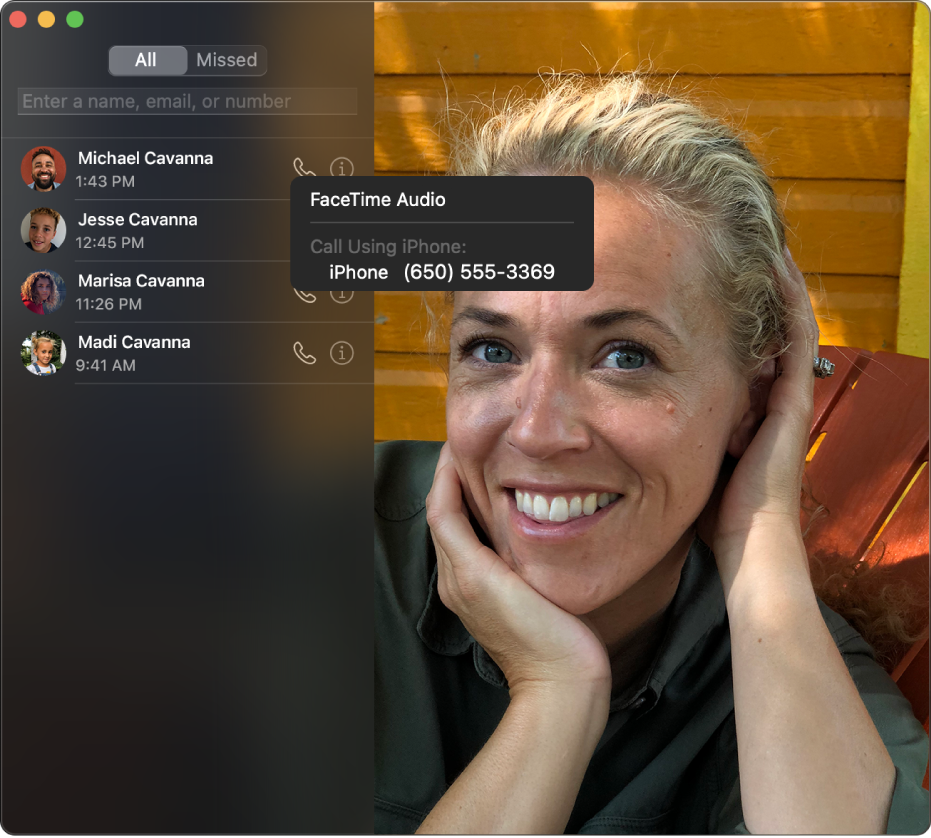
Availability of individual symbols and features varies based on the version of the system you’re targeting. When you export a symbol introduced in SF Symbols 2 as an SVG template and bundle it with your app, you can use it in apps that target iOS 13, Mac Catalyst 13, tvOS 13, or watchOS 6, but without the benefit of SF Symbol 2 features like multicolor support and automatic localization. See what makes each Mac notebook and desktop different. And find the one that’s perfect for your life, your work and your budget. When you first set up Messages on your Mac, you're asked to sign in to your iMessage account with your Apple ID. Messages then automatically attempts to sign in every time you open it. Signing in to FaceTime is similar. If either app doesn't sign in successfully, try these solutions. See what makes each Mac notebook and desktop different. And find the one that’s perfect for your life, your work, and your budget.
When you first set up Messages on your Mac, you're asked to sign in to your iMessage account with your Apple ID. Messages then automatically attempts to sign in every time you open it. Signing in to FaceTime is similar. If either app doesn't sign in successfully, try these solutions.
Check your Internet connection
Make sure that your Mac is connected to the Internet. You should be able to load web pages or receive email, for example.
Check for a service outage
Check the Apple System Status page for a temporary outage affecting iMessage or FaceTime.

Check your Date & Time settings
- Choose Apple menu () > System Preferences, then click Date & Time. Make sure that the date, time, and time zone are correct.
- If the ”Set date and time automatically” checkbox is selected, deselect it and select it again. (If the checkbox is dimmed, click and enter your administrator password.)
Make sure that your software is up to date
Learn how to update your Mac software. Software updates can improve the stability, compatibility, and security of your Mac, and might also resolve the issue.
Check your Apple ID

To make sure that your Apple ID and password are correct, go to the Apple ID account page and sign in with the same Apple ID that you're using with Messages and FaceTime. If that works, open the app and take these steps:
- Messages: Choose Messages > Preferences, then click Accounts. Select your iMessage account, then click Sign Out. Now sign in again with the same Apple ID you used on the Apple ID account page.
- FaceTime: Choose FaceTime > Preferences. In the Settings tab, click Sign Out. Then sign in again with the same Apple ID you used on the Apple ID account page.
Reset NVRAM
In case the issue is related to any of the settings stored in NVRAM, reset NVRAM on your Mac.
Apple Group Facetime Mac
Check for third-party software
Group Facetime Apple Macbook
If you installed firewall, security, VPN, or other third-party networking software, make sure that the software isn't blocking any of the network ports used by iMessage and FaceTime. If necessary, disable the software and then try using your iMessage account or FaceTime again.
Learn more
Learn what to do if you have other FaceTime issues.
FaceTime is not available in all countries or regions.
FaceTime User Guide
When a FaceTime video call is in progress, you can change how the call is shown, move the picture-in-picture window, and more.
Note: Group FaceTime is available on a Mac, iOS device, or iPadOS device that meets these requirements.
In the FaceTime app on your Mac, do any of the following during a video call:
Keep the video call window on top of your other apps: Choose Video > Always on Top. The call window floats on top of the other app windows, so it’s always visible, no matter which app you’re using.
View a video call in full screen: Click the green button in the top-left corner of the FaceTime window, or click the Toggle Full Screen button .
View a video call in a split screen: Press and hold the green button in the top-left corner of the FaceTime window, then choose Tile Window to Left of Screen or Tile Window to Right of Screen. See Use apps in Split View on Mac.
Return to the standard window size (from full or split screen): Click the Toggle Full Screen button , or press Control-Command-F. See Use apps in Split View on Mac.
Temporarily hide the video call window: Click the yellow minimize button at the top of the FaceTime window. (If you’re in full-screen view, first return to the standard window size.) The audio portion of the call continues while the window is minimized. To see the video again, click the FaceTime icon in the Dock.
Move the picture-in-picture window: Drag any of the small windows to any area of the larger window.
During a group call, window sizes automatically change depending on who is speaking. To prevent the tile of the person speaking from becoming larger, deselect the option in FaceTime preferences—choose FaceTime > Preferences, click Settings, then deselect Speaking under Automatic Prominence.
Capture a moment from the call: See Take a Live Photo.
Add more people to the call: See Add more people to a FaceTime call.
Change to an audio call: Click the Mute Video button . To turn the camera back on, click the button again.
View the call on your iPad: See Use your iPad as a second display for your Mac.
Note: In one-on-one calls you can also change the orientation—just move the pointer over the picture-in-picture window, then click , or rotate two fingers on your trackpad. The orientation changes for the other person, too.
